What to Pack for Your Resort Fishing Trip
Planning a resort fishing trip combines the excitement of landing trophy catches with the comfort of luxury accommodations. Unlike roughing it in the wilderness, resort fishing experiences offer the unique opportunity to enjoy world-class angling alongside amenities like gourmet dining, spa services, and comfortable lodging. However, packing appropriately remains crucial to maximize your fishing success and overall enjoyment. This comprehensive guide covers everything you’ll need—from essential fishing gear to resort-appropriate attire and unexpected items that can enhance your experience. Whether you’re heading to a fly fishing lodge in Montana or a saltwater resort in the Florida Keys, proper preparation ensures you’ll be ready for both the fishing adventure and the resort relaxation.
Fishing Rod and Reel Selection
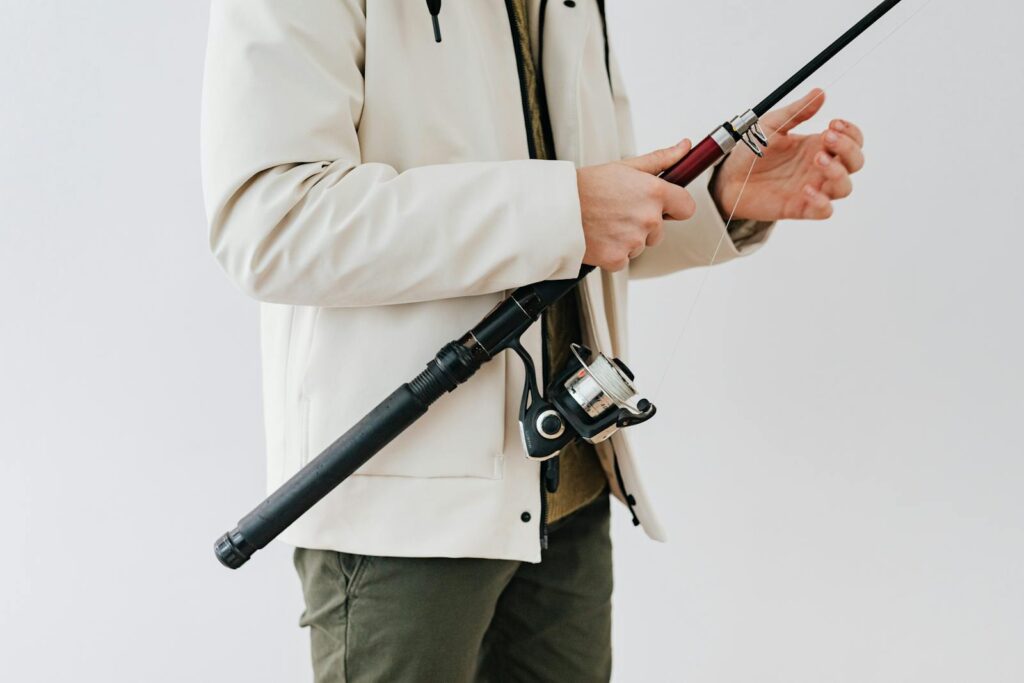
Choosing the right fishing equipment forms the foundation of your packing strategy for a resort fishing trip. Most premium fishing resorts offer rod and reel rentals, but serious anglers typically prefer using their own equipment that they’re comfortable with. Consider packing two primary setups—one heavier rod for targeting larger species and a lighter option for smaller fish or more technical presentations. Travel rods that break down into multiple sections have become increasingly popular as they fit easily into checked luggage or dedicated rod cases. Always call ahead to confirm what equipment the resort provides and what species-specific gear you might need to bring yourself.
Tackle and Lures for Your Target Species
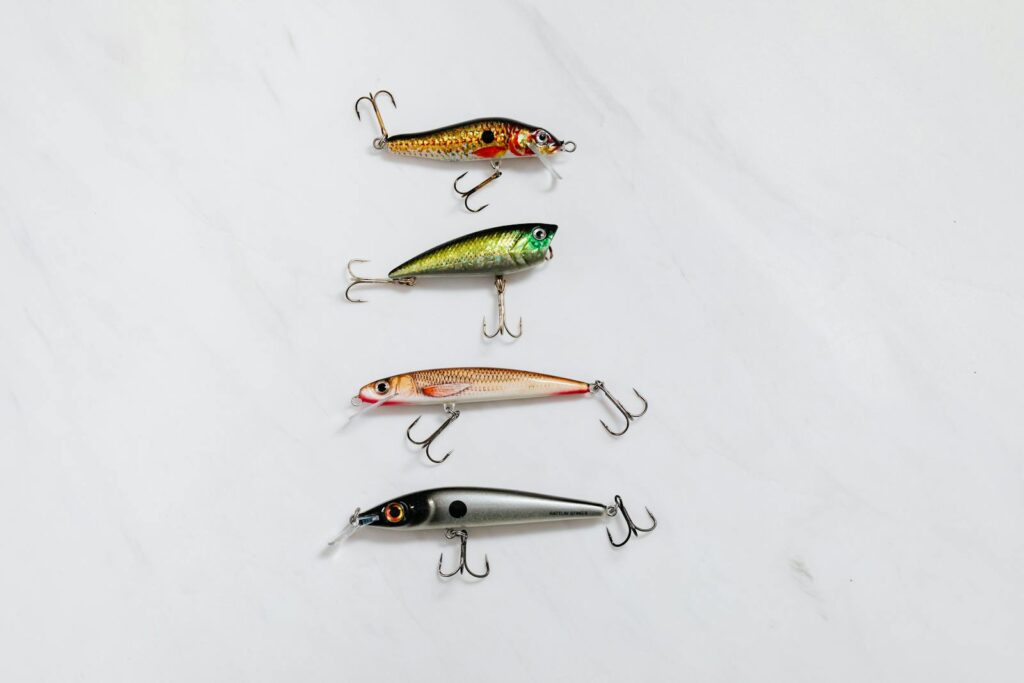
Research the fish species available at your destination and pack tackle accordingly to avoid overpacking or bringing inappropriate gear. Premium fishing resorts often have pro shops with region-specific lures and flies, but having your own selection ensures you’re prepared from the moment you arrive. A well-organized tackle box with a variety of lures, hooks, weights, and terminal tackle appropriate for your target species is essential. For fly fishing destinations, bring several fly boxes organized by type (dry flies, nymphs, streamers) and size. Many experienced anglers also pack some backup equipment like extra line, leaders, and tippet material to handle unexpected situations on the water.
Weather-Appropriate Fishing Clothing
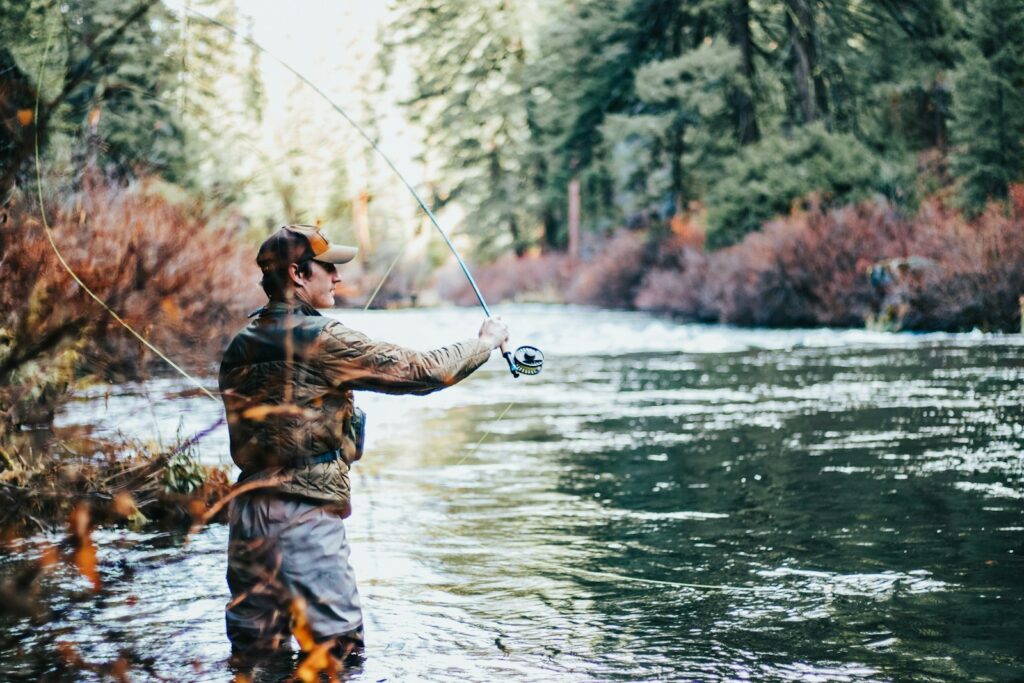
Fishing-specific clothing offers protection from the elements while incorporating features designed for anglers. Prioritize lightweight, quick-drying fabrics with UPF sun protection for warm weather destinations, and pack layers for locations with variable temperatures. A quality rain jacket and pants set is non-negotiable regardless of the forecast, as weather can change rapidly on the water. Technical fishing shirts with ventilation, roll-up sleeves, and multiple pockets provide both comfort and functionality. For cold-weather destinations, consider merino wool base layers, insulating mid-layers, and waterproof outer shells to maintain comfort throughout long days on the water.
Footwear for Both Fishing and Resort Activities
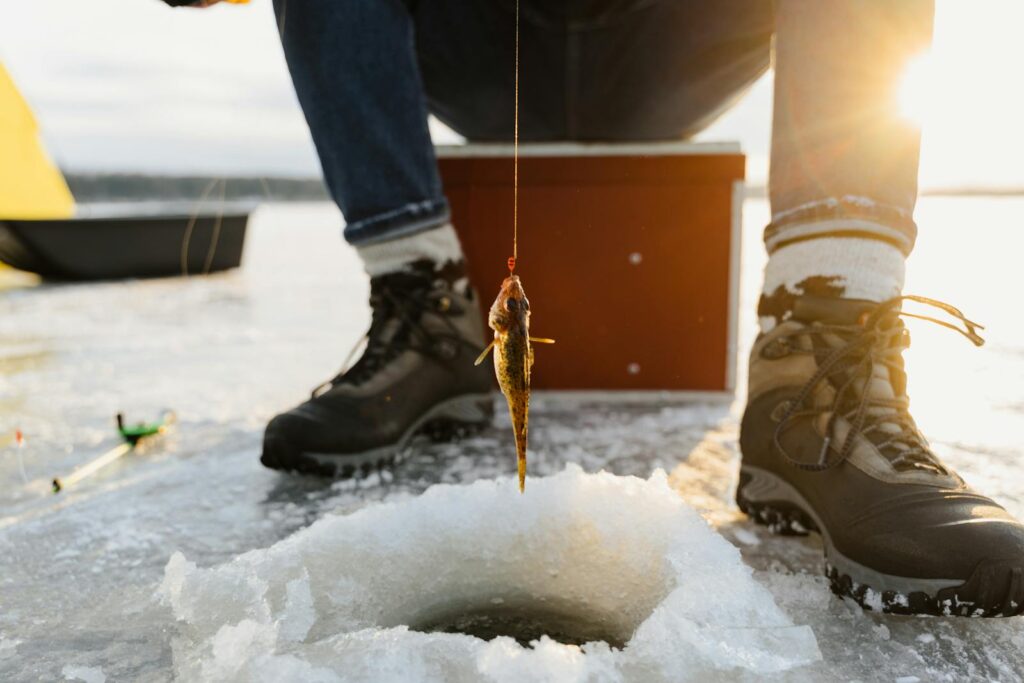
Appropriate footwear serves multiple purposes on a resort fishing trip, from providing stability while wading to meeting dress codes at upscale resort restaurants. Pack water-specific shoes or boots based on your fishing environment—wading boots with felt or rubber soles for river fishing, or boat shoes with non-marking soles for offshore excursions. For wade fishing destinations, don’t forget wading socks that provide cushioning and insulation. Additionally, include casual shoes for resort activities and at least one pair of dressier shoes for fine dining experiences or evening events. Many fishing resorts maintain certain dress standards for their restaurants and common areas, making versatile footwear essential.
Sun Protection and Eye Wear
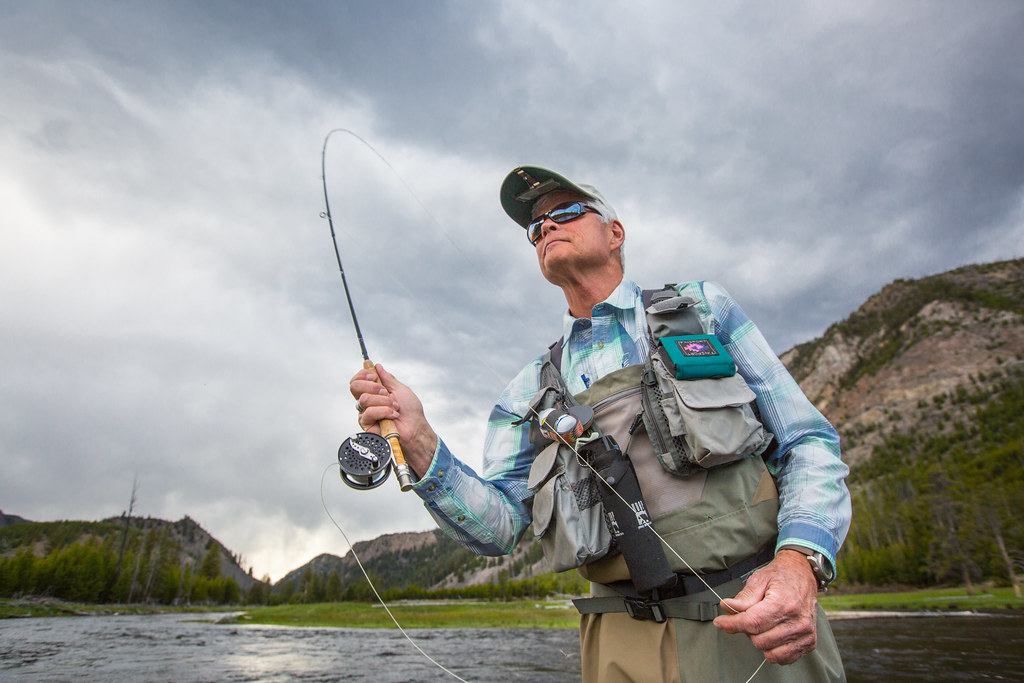
Prolonged exposure to sun and glare on the water necessitates comprehensive protection for both comfort and safety. High-quality polarized sunglasses are perhaps the most important item, as they reduce glare and allow you to spot fish below the water’s surface. Invest in sunglasses with side shields and secure retainer straps to prevent loss. Supplement your eye protection with a wide-brimmed hat featuring a dark underside to reduce glare reflection. Pack waterproof sunscreen with an SPF of at least 50, and reapply it frequently throughout your fishing day. Lightweight neck gaiters, sun gloves, and arm sleeves provide additional protection for extended days on bright water.
Essential Personal Electronics
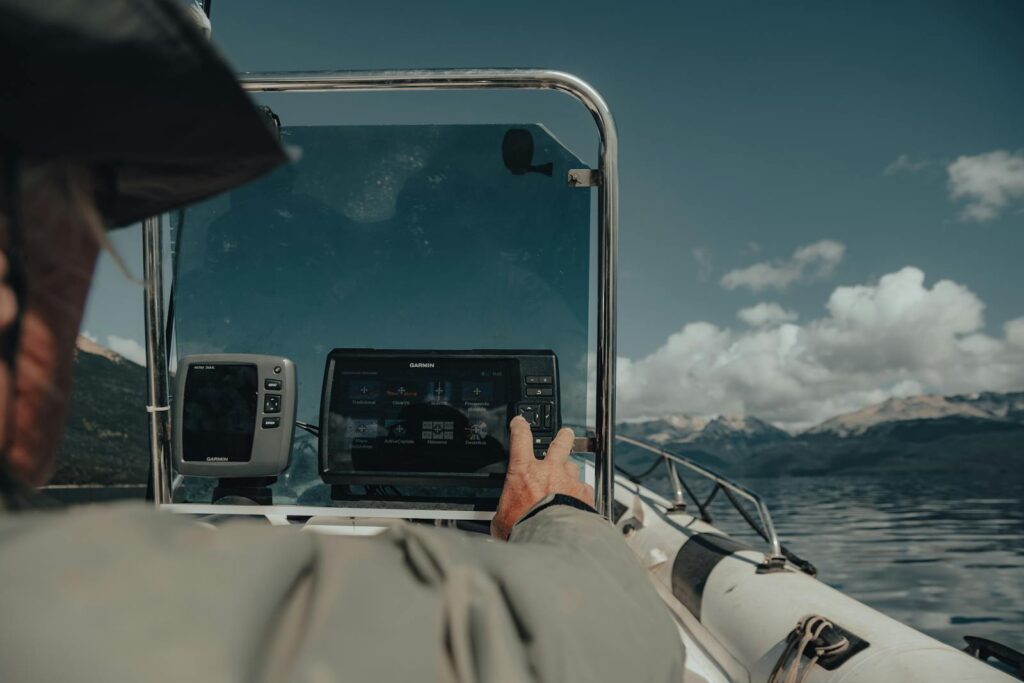
Modern fishing trips benefit from selective electronics that enhance safety and document your experience without becoming burdensome. A waterproof phone case or dry bag protects your essential communication device while allowing for emergency calls and photo opportunities. Portable power banks ensure your electronics remain charged during long days away from power outlets. Consider packing a waterproof action camera with mounting accessories to capture hands-free fishing footage. For remote destinations, satellite communicators provide emergency contact capabilities beyond cellular coverage. Many anglers also appreciate having a small waterproof Bluetooth speaker for entertainment during slower fishing periods or evening relaxation at the resort.
Documentation and Licenses

Proper documentation prevents unnecessary complications that could detract from your fishing experience. Research and obtain any required fishing licenses or permits well before your trip, as requirements vary significantly by location and target species. Print physical copies of all reservations, licenses, and permits, even if you have digital versions. For international fishing destinations, ensure your passport has at least six months of validity beyond your travel dates. Keep a laminated copy of your health insurance card and any relevant medical information in your fishing pack. While many resorts handle licensing requirements for guided trips, always verify this in advance to avoid potential legal issues or fishing interruptions.
First Aid and Medications

A compact but comprehensive first aid kit addresses the specific risks of fishing activities while providing peace of mind. Include basics like adhesive bandages, antiseptic wipes, pain relievers, and blister treatment. Add fishing-specific items such as pliers or forceps for hook removal and hydrocortisone cream for insect bites. Pack all prescription medications in their original containers, along with a doctor’s note for any controlled substances. Consider region-specific additions like antihistamines for areas with stinging insects or anti-diarrheal medication for international destinations. While resorts typically have first aid capabilities, your personal kit ensures immediate treatment for minor injuries that commonly occur during fishing activities.
Resort Evening Attire
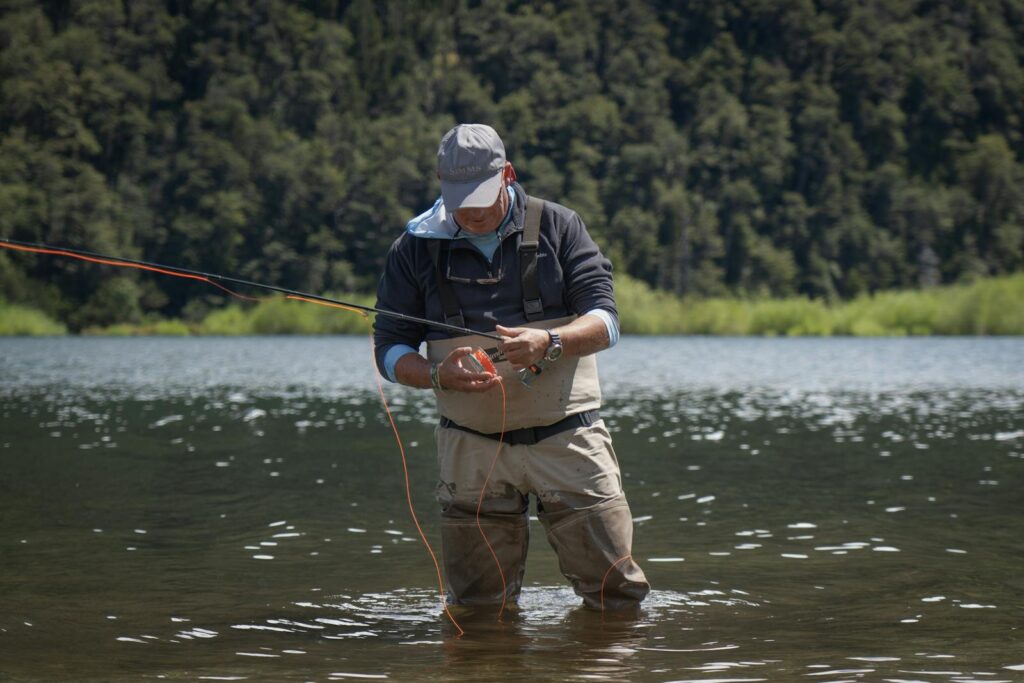
Fishing resorts often maintain dress codes for dining areas and social spaces that require more refined clothing options than your fishing attire. Research your specific resort’s dress code policies and pack accordingly, typically including at least one business casual outfit for fine dining experiences. Lightweight, wrinkle-resistant clothing made from natural fibers provides comfort in varied climates while maintaining a polished appearance. Men should consider bringing collared shirts, non-denim pants, and closed-toe shoes, while women might pack versatile dresses or smart separates. Many high-end fishing lodges host social hours or special dinners where appropriate attire demonstrates respect for the establishment and enhances the overall experience.
Specialized Gear for Your Fishing Method
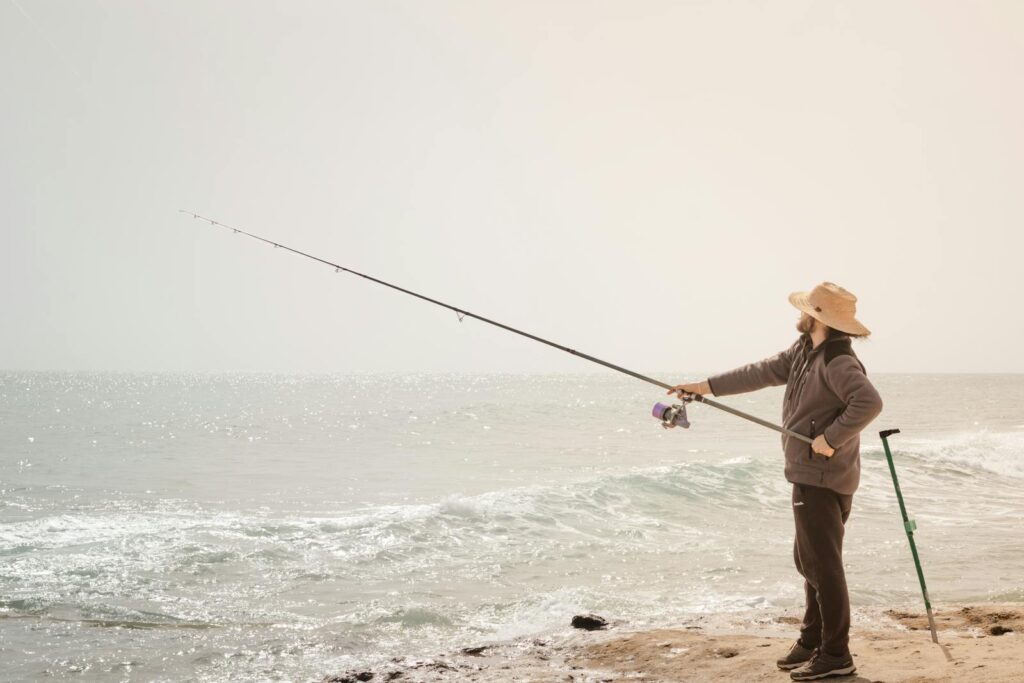
Different fishing techniques require specific equipment beyond basic rods and reels to maximize effectiveness and enjoyment. Fly fishers should pack landing nets, fly floatant, tippet spools, nippers, and forceps organized in a dedicated vest or chest pack. Conventional anglers benefit from having fish grips, measuring devices, and specialized tools for their target species. If you’ll be wading, packable waders and wading boots are essential for cold water environments. For offshore fishing, consider motion sickness remedies, sun protection buffs, and specialty gloves. Discussing your planned fishing methods with resort staff before arrival can provide valuable insight into specialized equipment needs specific to their waters and fishing programs.
Hydration and Nutrition Solutions
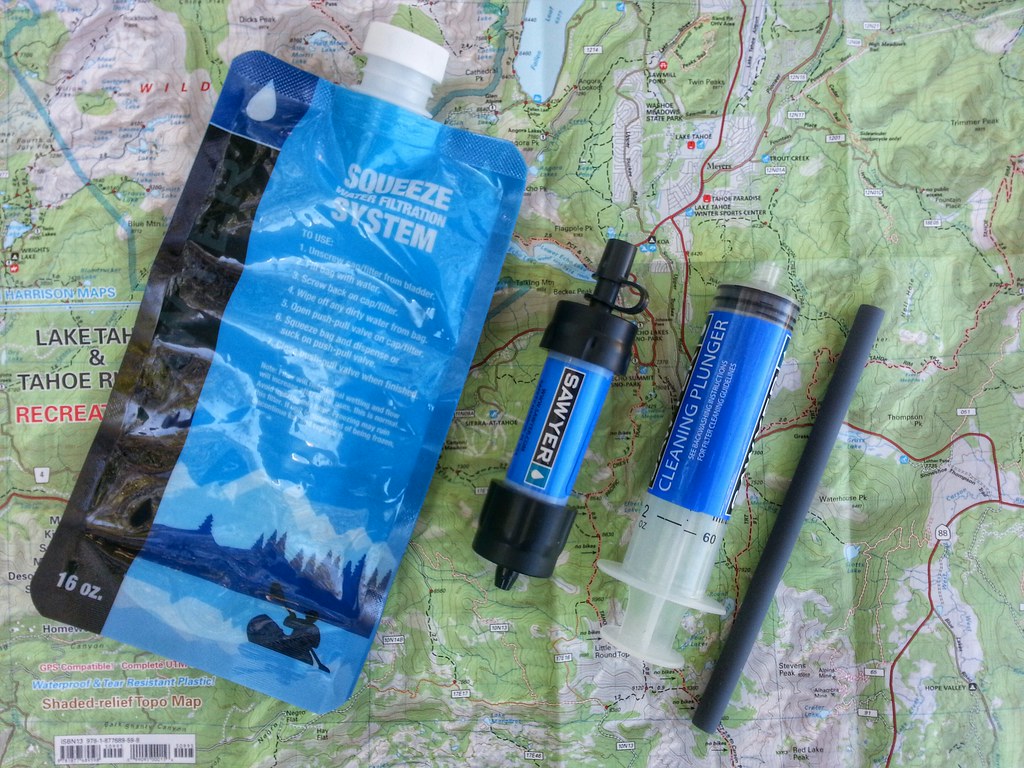
Maintaining proper hydration and energy levels significantly impacts your fishing performance and overall enjoyment throughout long days on the water. Invest in a high-quality insulated water bottle that keeps beverages cold in hot conditions or warm in cold environments. Pack compact, non-perishable snacks like trail mix, jerky, and energy bars that provide sustained energy without requiring refrigeration. Consider electrolyte replacement packets to add to water during physically demanding fishing in hot weather. While many resorts provide shore lunches or boat-based meals during guided fishing, having personal options ensures you’re never caught hungry during changing conditions or schedule adjustments.
Packing and Organization Systems
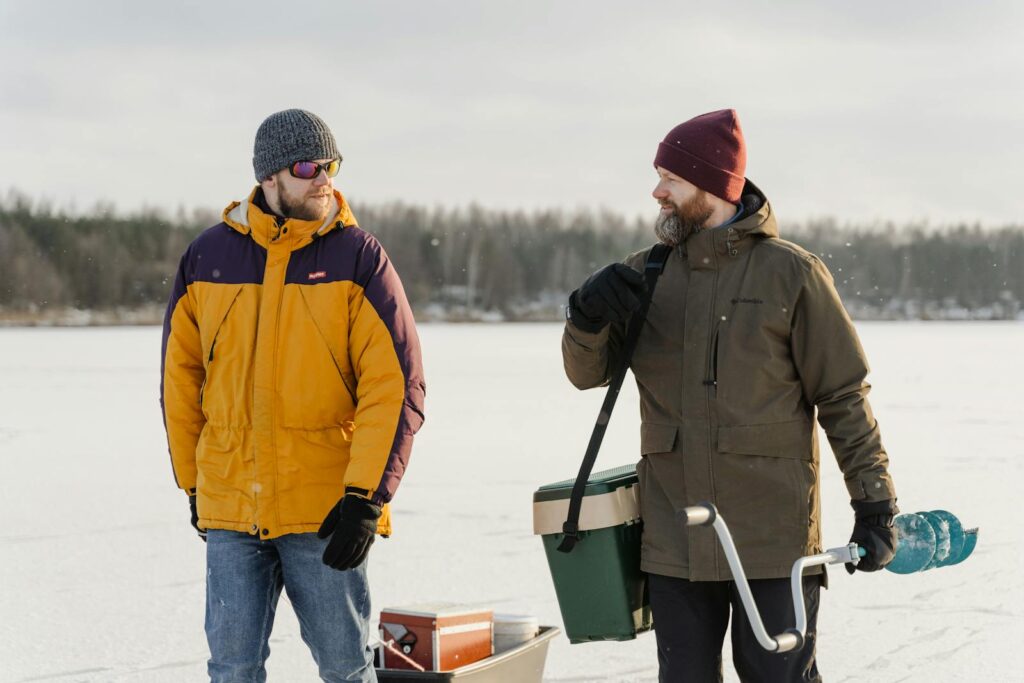
Effective organization systems protect your gear while making it readily accessible when needed during your resort fishing adventure. Waterproof duffel bags provide superior protection for clothing and non-fishing items during transport to and from the resort. Specialized rod tubes or cases prevent damage to your valuable fishing rods during travel. Compartmentalized tackle storage systems keep lures, flies, and terminal tackle organized and prevent tangling or damage. Consider packing cubes or compression bags to maximize suitcase space and separate clean clothing from items that become soiled or wet during fishing. Many experienced anglers create a dedicated “day pack” with essential items they’ll need on the water, separate from gear that remains at the resort.
Unexpected Items That Enhance Your Experience
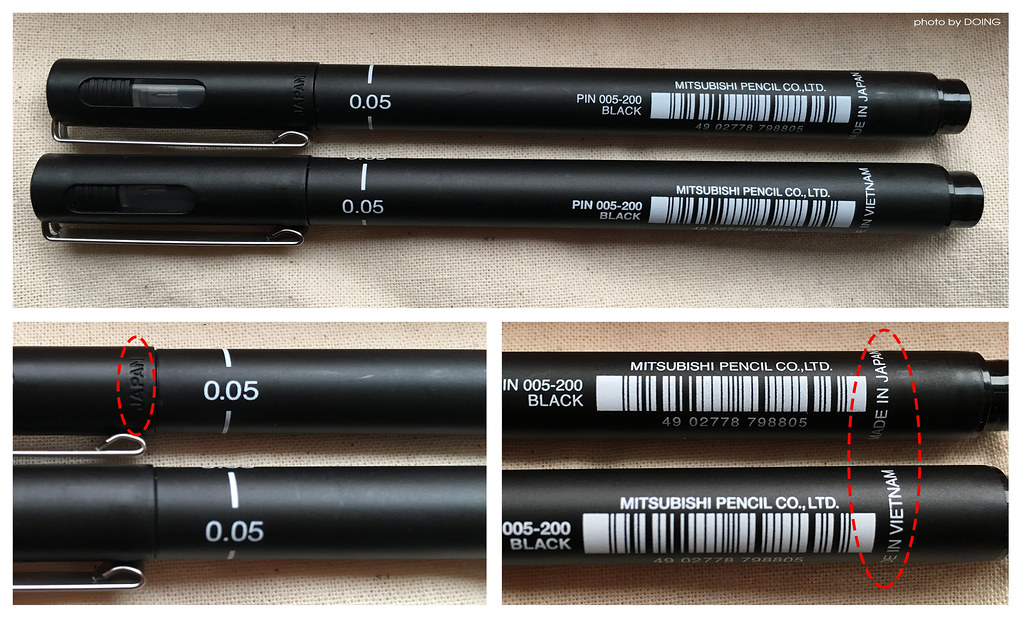
Several non-obvious items can significantly improve both your fishing success and overall resort enjoyment. Pack a small notebook and waterproof pen to record fishing conditions, successful techniques, and memorable moments from your trip. A compact microfiber towel serves multiple purposes from drying hands before handling equipment to providing emergency sun protection. Biodegradable wet wipes offer convenient cleanup after handling fish or applying sunscreen. Consider bringing a small selection of local specialty items or spirits to share with guides or fellow anglers, fostering connections and potentially gaining insider fishing knowledge. Many seasoned fishing travelers also pack basic repair items like super glue, zip ties, and multi-tools to address equipment issues that might otherwise derail a day’s fishing.
Conclusion
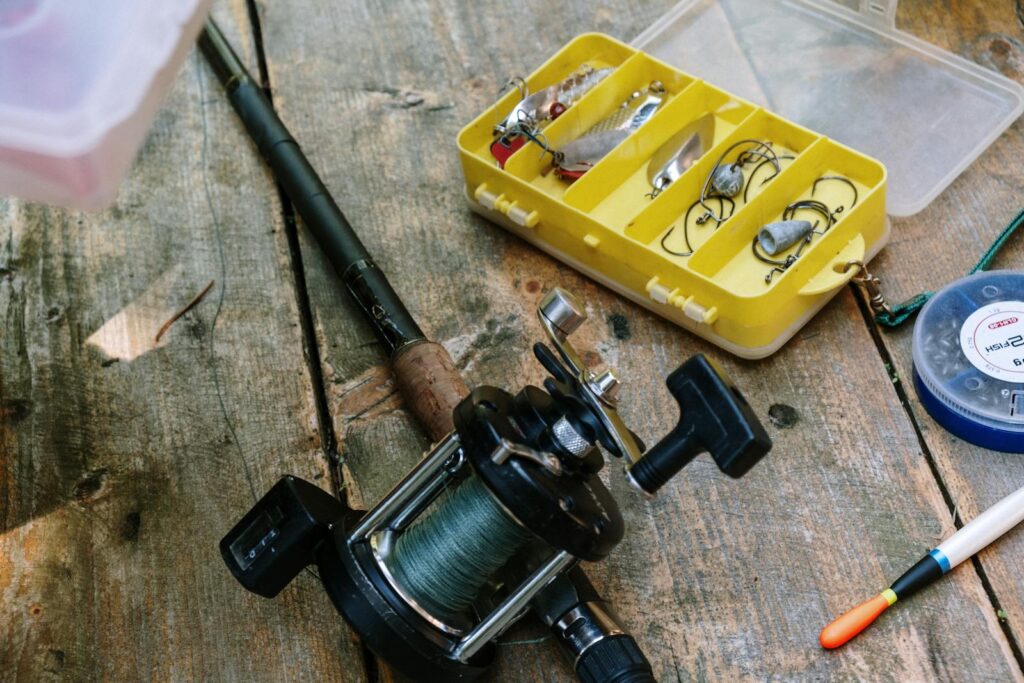
Preparing for a resort fishing trip requires balancing fishing functionality with resort-appropriate items that enhance your overall experience. By methodically addressing each category in this guide, you’ll arrive ready to focus on the fishing experience rather than worrying about forgotten essentials. Remember that resort fishing combines the best of both worlds—world-class angling opportunities with comfortable accommodations—so your packing strategy should reflect this dual nature. While specific needs vary based on destination, season, and target species, this comprehensive approach ensures you’ll be prepared for productive days on the water and relaxing evenings at the resort. With thoughtful preparation, your resort fishing trip can deliver the perfect blend of outdoor adventure and vacation comfort.
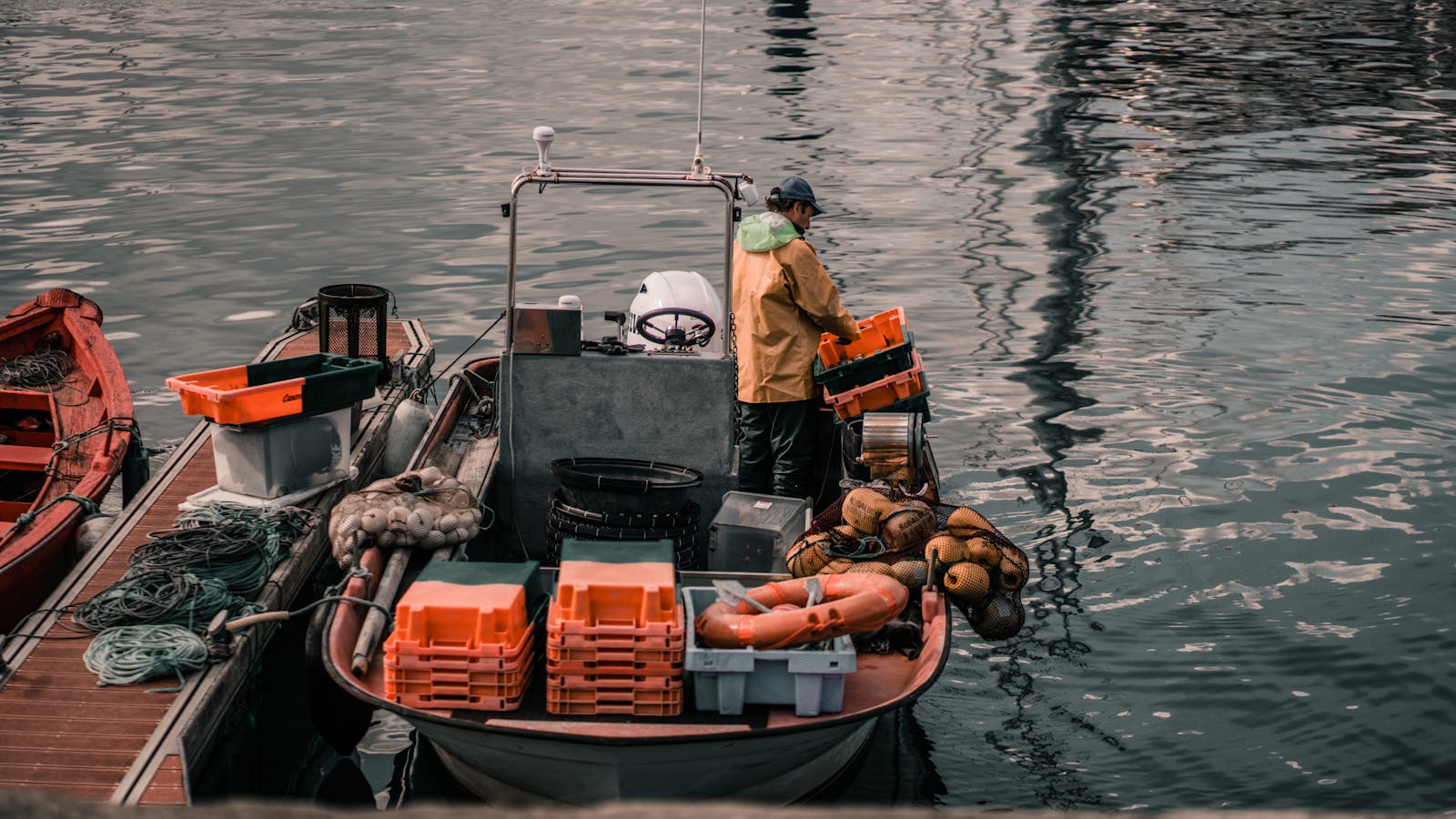
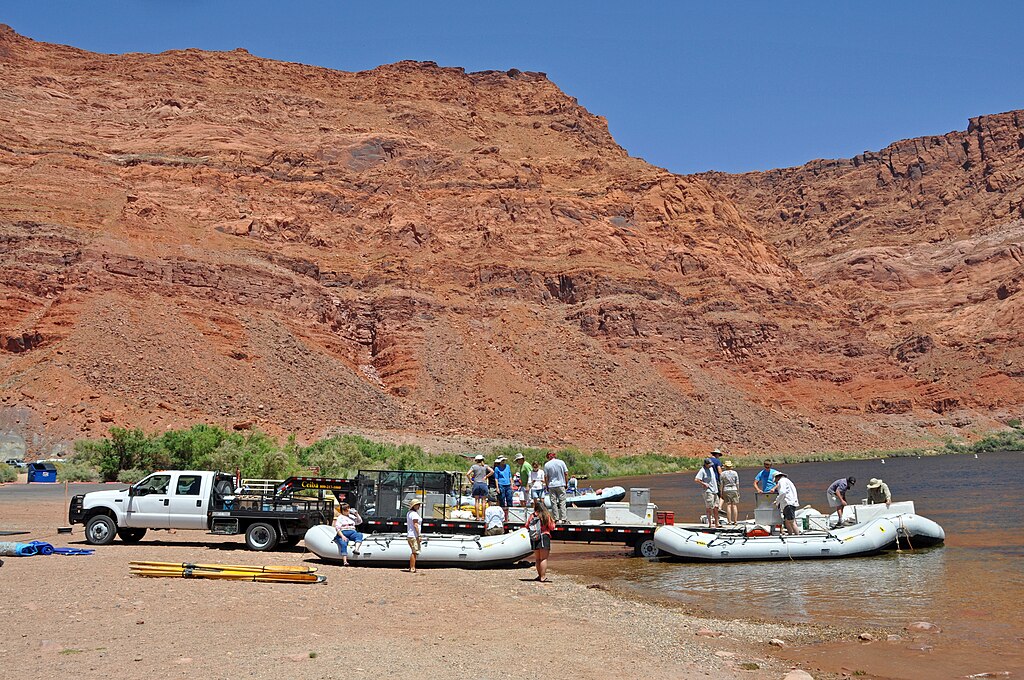

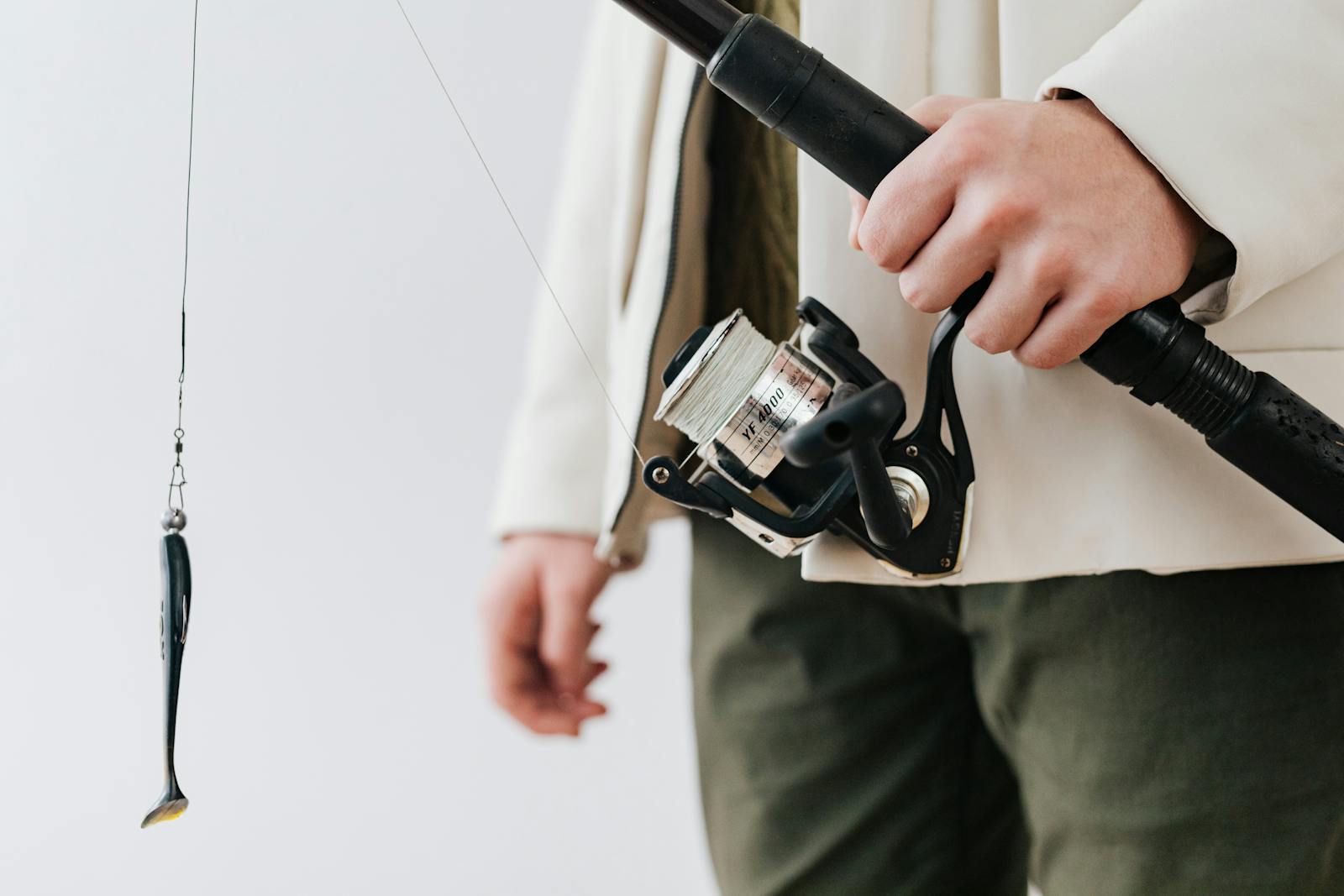










Post Comment